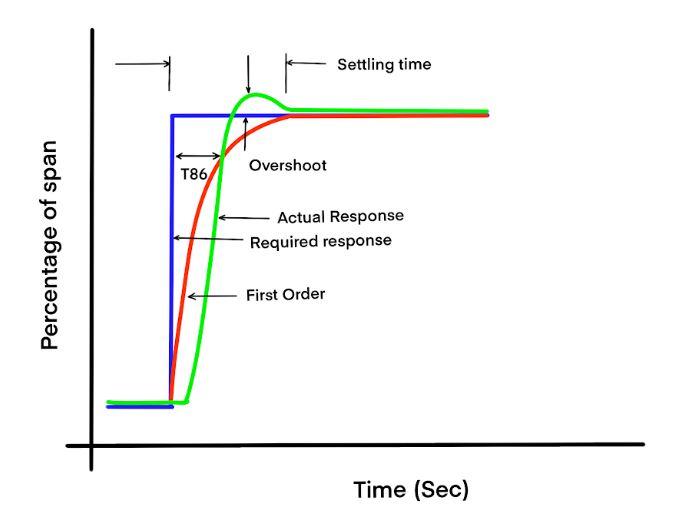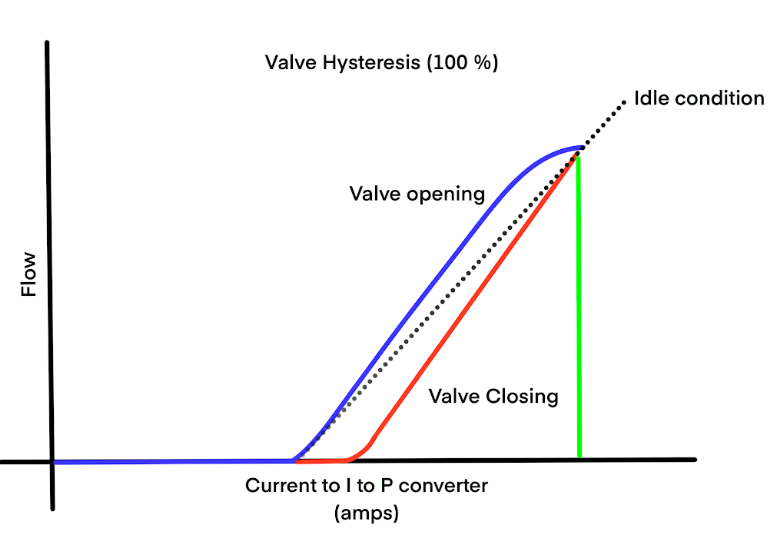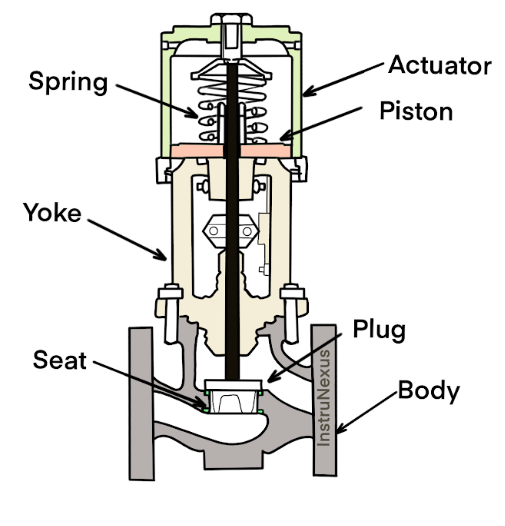Recent Updates
In the world of process control, the control valve plays a pivotal role. It is the final control element, the muscle that translates the brain’s (the controller’s) commands into physical action, meticulously regulating the flow of fluids to maintain process variables at their desired setpoints. However, the performance of this...
In the intricate dance of industrial processes, precision is paramount. Whether it’s maintaining a specific temperature in a reactor, regulating pressure in a pipeline, or ensuring a consistent flow rate for a critical ingredient, the ability to maintain a process variable at its desired setpoint is the bedrock of efficiency...
Actuators for Control Valves: A Detailed Comparison of Pneumatic, Electric, and Hydraulic Options In the intricate world of industrial process control, the control valve stands as the final control element, the muscle that ultimately implements the decisions of the plant’s control system. But what gives this muscle its power? The...
Everything You Need to Know About Control Valve Flow Coefficient (Cv) Introduction to Control Valves and Flow Coefficient Control valves are the unsung heroes of process control systems. These mechanical devices play a crucial role in manipulating the flow rate of fluids (liquids, gases, or slurries) in a process loop...
Control Valve Installation Best Practices for Engineers: Ensuring Optimal Performance and Longevity Control valves are the workhorses of any process control system. They are the final control elements that directly manipulate the flow of fluids, playing a critical role in maintaining process parameters within desired limits. A properly selected control...
Fail-Safe Control Valves: Fail-Open vs Fail-Close Explained Introduction: In the intricate world of process control and automation, safety is paramount. Instrumentation engineers play a crucial role in designing and maintaining systems that not only optimize efficiency but also ensure the safe operation of industrial processes. One critical component in achieving...
Control Valve Maintenance Checklist: Increase Lifespan and Efficiency In the intricate dance of an industrial process, the control valve is a lead dancer, gracefully pirouetting to the rhythm of the process controller. It dictates the flow of fluids and gases, ensuring everything from the temperature in a reactor to the...
Control Valve Sizing & Selection in the Oil & Gas Jungle Hey there, fellow instrumentation enthusiasts! Ever stared down a piping and instrumentation diagram (P&ID) and felt a tiny bead of sweat form when the topic of control valves came up? You’re not alone! Selecting and sizing these unsung heroes...
Globe Valve vs. Ball Valve vs. Butterfly Valve for Control Applications Choosing the right control valve is crucial for optimizing the performance and efficiency of any process plant. Three of the most common types of control valves are globe valves, ball valves, and butterfly valves. Each type has its unique...








